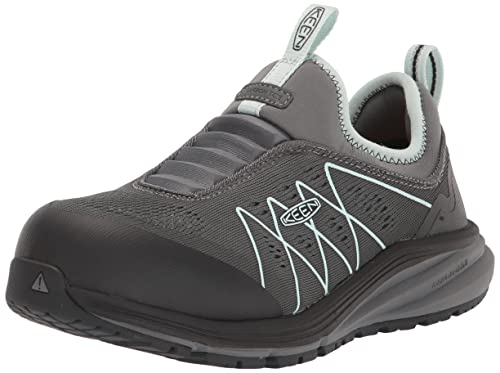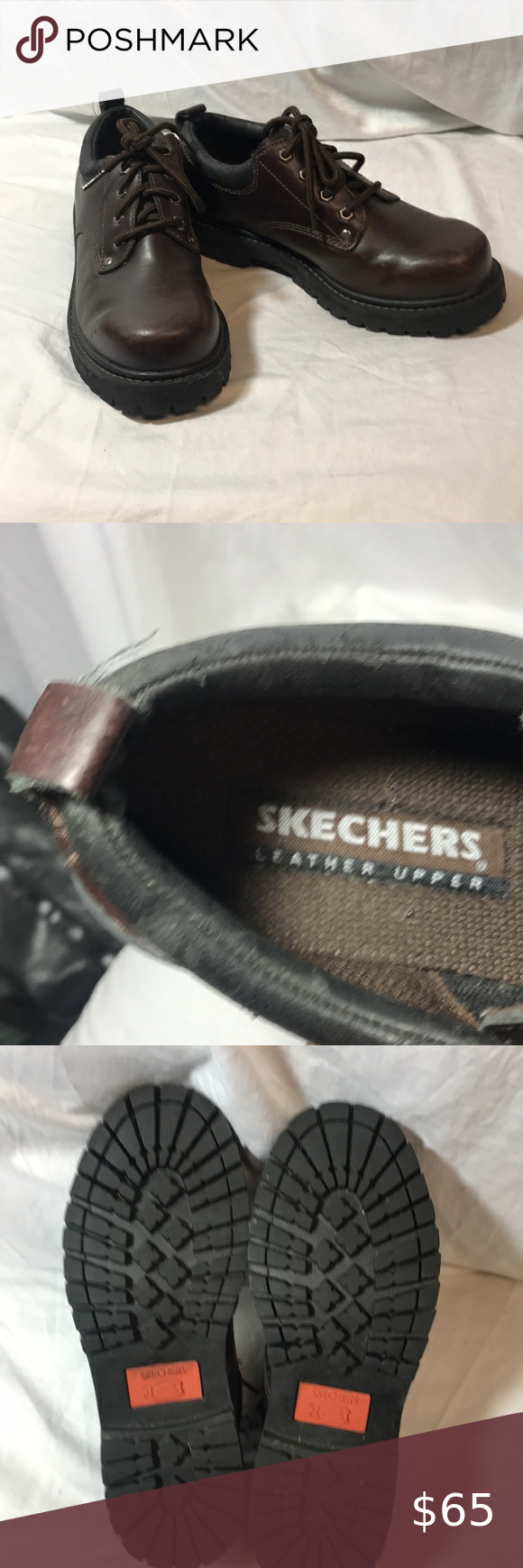5 Ways Black Boots Last
When it comes to footwear, black boots are a timeless choice that can elevate any outfit from casual to chic. However, like any other shoe, they require proper care to extend their lifespan. In this article, we will delve into the world of black boots and explore the top 5 ways to make them last longer. From maintenance tips to storage advice, we’ll cover it all to help you get the most out of your beloved boots.
1. Regular Cleaning and Conditioning
The first step in making your black boots last is to establish a regular cleaning and conditioning routine. Dirt, dust, and moisture can all contribute to the deterioration of the leather, so it’s essential to remove these elements regularly. Here’s a simple routine you can follow:
- For smooth leather boots: Use a soft, dry cloth to wipe away any dirt or debris. For more stubborn stains, dampen the cloth slightly, but avoid soaking the leather. Once clean, apply a leather conditioner to keep the leather moisturized and supple.
- For suede or nubuck boots: Use a suede brush to gently remove dirt. For stains, use a suede cleaner, following the product’s instructions carefully. After cleaning, apply a suede protector to repel water and stains.
Conditioning is crucial as it helps maintain the leather’s natural moisture barrier, preventing it from drying out and cracking.
2. Waterproofing
Water can be devastating to leather boots, causing stains, discoloration, and potentially leading to mold or mildew. Applying a waterproofing treatment can provide a protective barrier against the elements.
- For smooth leather: Use a waterproofing spray or cream. Apply a small amount to a discreet area first to ensure the product doesn’t affect the color or finish of the leather.
- For suede or nubuck: Use a suede and nubuck waterproofing spray, which is specifically designed not to alter the texture or appearance of these materials.
Remember, waterproofing is not a one-time solution; it should be reapplied periodically, especially after cleaning or when you notice the water no longer beads off the surface.
3. Proper Storage
How you store your boots when not in use can significantly impact their longevity. Here are some tips for storing your black boots:
- Stuff the boots with paper: To maintain their shape, especially if they are made from a soft leather.
- Use a shoe tree: If available, as this will help keep the boot’s shape and prevent creasing.
- Keep them away from direct sunlight: Sunlight can cause the leather to fade or become discolored.
- Store in a cool, dry place: Avoid basements or attics, where moisture and extreme temperatures can be detrimental.
- Avoid piling boots on top of each other: This can causepressure marks and creasing. If you must stack them, use a soft cloth or paper between each pair.
4. Wear and Care Rotation
If you have multiple pairs of boots, consider rotating them. This allows each pair time to rest, which can help extend their lifespan. The materials, especially leather, need time to recover from the wear and tear of daily use.
- Alternate between pairs: If you wear boots daily, try to give each pair at least a day of rest between wearings.
- Monitor for signs of wear: Pay attention to the soles, heels, and the stitching. If you notice significant wear, it might be time to consider having them repaired.
5. Professional Repair
Sometimes, despite our best efforts, our boots may require professional attention. Whether it’s a broken heel, a torn seam, or worn-out soles, taking your boots to a cobbler can breathe new life into them.
- Choose a reputable cobbler: Look for reviews or ask for recommendations. A good cobbler can make a significant difference in the quality of the repair.
- Don’t wait too long: The sooner you address the issue, the less likely it is to become a major problem that could render your boots unwearable.
Conclusion
Making your black boots last involves a combination of regular maintenance, proper storage, rotation of wear, and prompt repair when needed. By following these steps and being mindful of how you treat your boots, you can enjoy them for years to come. Remember, quality boots are an investment, and with the right care, they can become a trusted companion for many adventures.
How often should I condition my black leather boots?
+Conditioning frequency depends on how often you wear your boots and the environment they’re exposed to. As a general rule, condition smooth leather boots every 2-3 months if worn regularly. For less frequent wear, conditioning every 6 months should suffice.
Can I use household items to waterproof my boots?
+While there are DIY methods and household items that can offer some level of waterproofing, such as beeswax or coconut oil for leather, these are not as effective or long-lasting as commercial waterproofing products specifically designed for footwear. For the best results, use a product that’s formulated for your boot’s material.
How do I know if my boots need to be repaired professionally?
+Signs that your boots may need professional repair include significant wear on the soles or heels, broken zippers or buckles, and tears in the material that are too large to repair with DIY kits. If you’re unsure, it’s always best to consult with a cobbler who can assess the boots and provide a recommendation.


